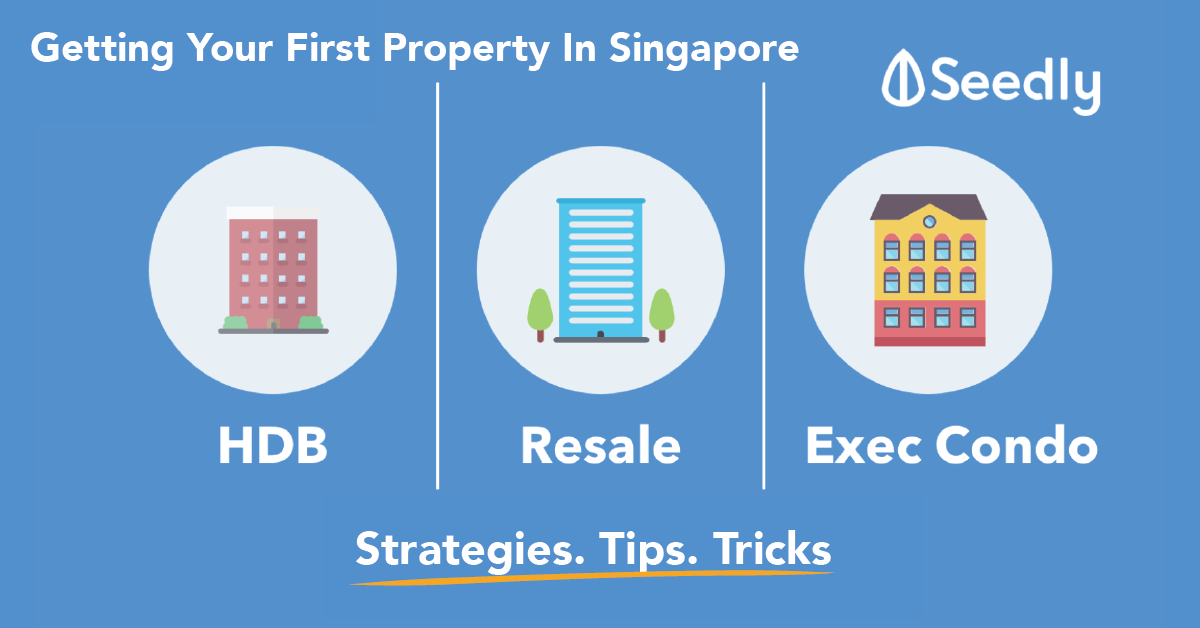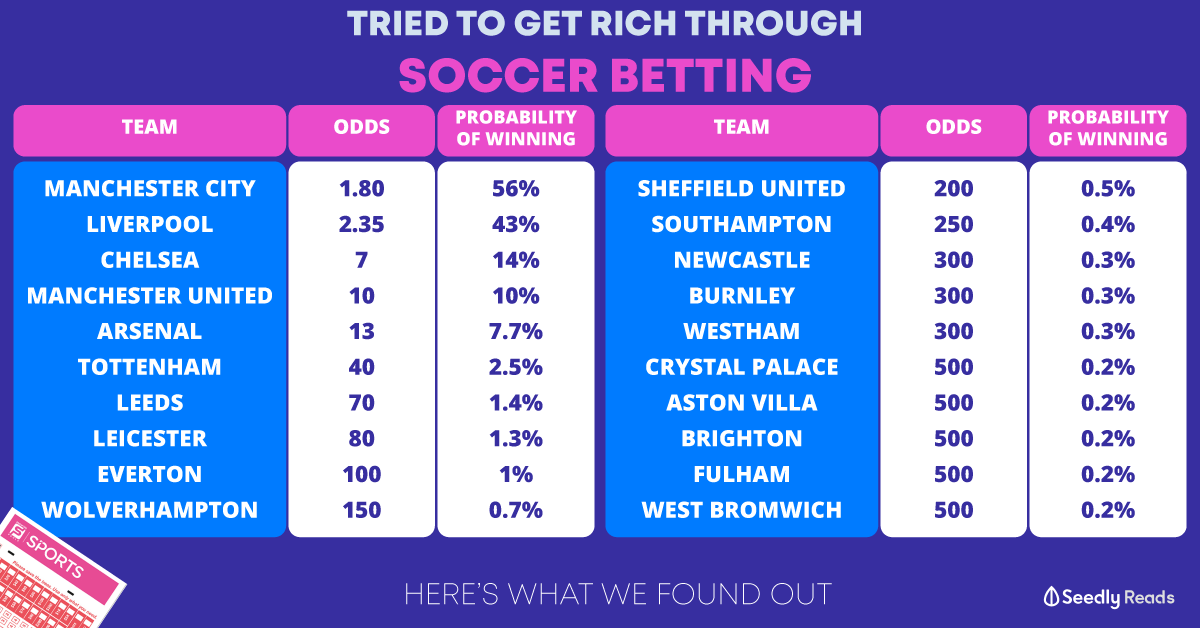Advertisement
Anonymous
I was trying out StashAway and Smartly, when they were asking about my risk preference. I get the general concept of how risk-adverse you are, how does the percentage you put in actually affect you?
Would be glad for anyone to clarify or give some examples. Thanks!
2
Discussion (2)
Learn how to style your text
Luke Ho
03 Nov 2018
Founder and Director at CFX Money Maverick Pte Ltd
Reply
Save
Hariz Arthur Maloy
20 Oct 2018
Independent Financial Advisor at Promiseland Independent
Higher risk Higher returns. That's at least the basic understanding. Higher risk also means a higher allocation to higher risk assets like equity and high yield bonds, lower risk assets are fixed income, cash, and property.
If you want to go deeper, it's because of volatity and correlation between the asset classes. We have risk indicators like Beta, R-Squared, Standard Deviation, and of course Alpha.
Spend about an hour going through investopedia's blog on these terms and it'll give you the basic knowledge of what you want to look for when comparing portfolios and funds.
Reply
Save
Write your thoughts
Related Articles
Related Posts
Related Products

StashAway
4.7
1296 Reviews
StashAway Simple Guaranteed 3.55% p.a. (Guaranteed rate)
Cash Management
INSTRUMENTS
None
ANNUAL MANAGEMENT FEE
None
MINIMUM INVESTMENT
3.5%
EXPECTED ANNUAL RETURN
Mobile App
PLATFORMS

Smartly
4.5
60 Reviews

Endowus
4.7
656 Reviews
Related Posts
Advertisement








I took a weekend out to study robos (cuz I can't sell them), so in simpler terms the less risk adverse you are, the lower your returns - but also the more linear. The probability of you selling it higher than when you bought increases significantly (your return-risk ratio).
When talking to a Financial Advisor like myself or Hariz, we may make professional recommendations to push you out of your comfort zone to take less or more risk depending on your objectives and time horizons - while a Robo advisor will make sure that you stay comfortable. That's my opinion, anyway.
So it affects you by
1) Adjusting your return to your risk, like Hariz said
2) Measuring your profile at that point accurately and adhering to it - which has its pros and cons.